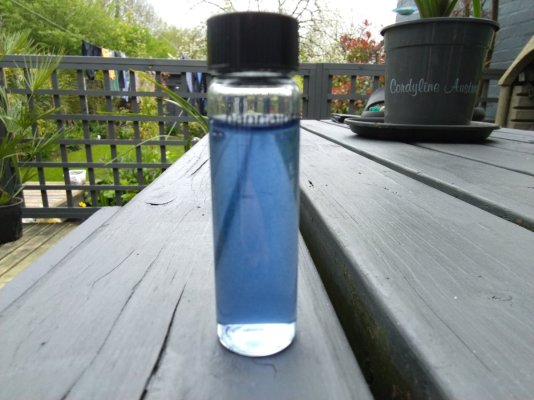Randy Holmes-Farley
Reef Chemist
View Badges
Staff member
Super Moderator
Excellence Award
Expert Contributor
Article Contributor
R2R Research
My Tank Thread
- Joined
- Sep 5, 2014
- Messages
- 67,438
- Reaction score
- 63,819
If the sample is not totally clear, suspended lanthanum phosphate particles may dissolve in the test, giving a false high level of dissolved phosphate.



















